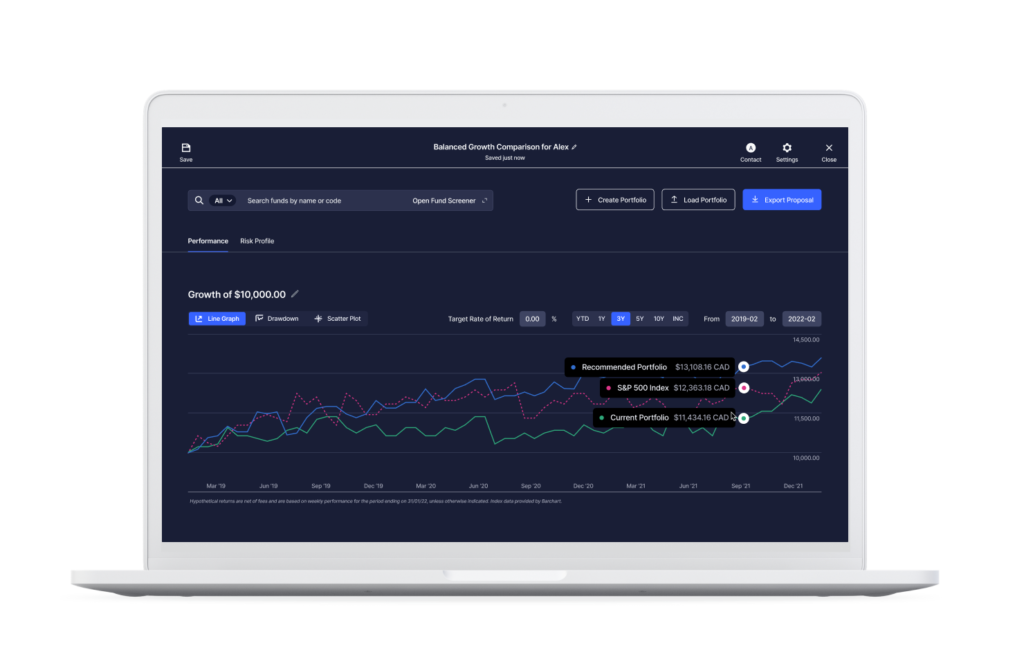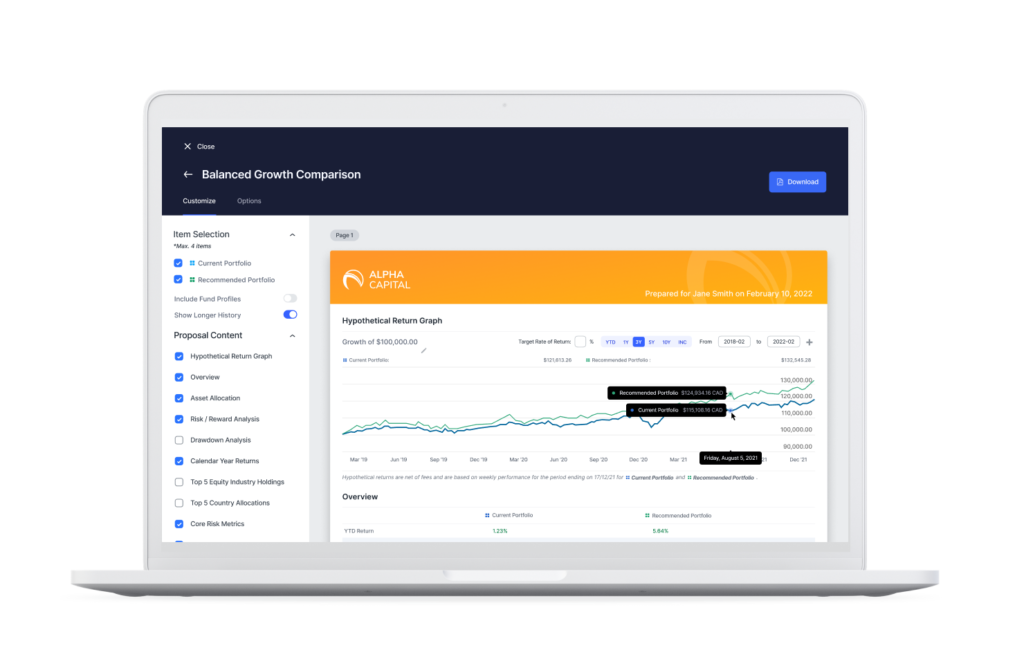Advertisement

Sage Intacct offers the only IFRS 15 cloud accounting and billing solution – from quote to financial forecast.
Building an enterprise sales engine is a mammoth task that companies can spend years on. Yet CapIntel, a wealth management SaaS platform, seems to have cracked the code much faster. Speaking with SAAS NORTH, Rob Crnkovic, the co-founder and CRO of CapIntel, shared how the company secured 3 of Canada’s big 5 banks as clients.
Key takeaways:
- Every employee has a role to play in enterprise sales because of how complex deals can get.
- The product must be built with enterprise concerns (security, integrations, and configurability) in mind.
- Go-to market motions need to focus on finding a champion who can help you understand executive and day-to-day level pain points.
Advertisement

As organizations transform digitally, the potential impact of the contact centre has been brought to the forefront of CX strategy goals. Cloud-based contact centres are game-changers when strategically aligned to your CX initiatives and goals across the enterprise.
Despite being a young company with fewer than 50 employees, CapIntel, a wealth management SaaS platform, has some big name clients including BMO and IG Global Asset Management. But winning these big deals was not a fluke – the company prepared from day-one to sell into enterprise. Speaking with SAAS NORTH, Rob Crnkovic, the co-founder and CRO of CapIntel, shared how the company built its enterprise sales engine to include the whole organization.
A FOCUSED BEGINNING
Rob and his two co-founders Max and James identified an opportunity within wealth management: advisors had a lot of back-office technology to run their book of business and customers had a lot of marketing shown to them, but there wasn’t any technology that empowered advisors to articulate the value of a portfolio in a way that clients could easily understand.
That’s when CapIntel was born. Building a product and building a company, though, are two different beasts.
Rob knew from his tenure at Salesforce that selling into the enterprise wasn’t just about a good product. It had to be a balance of an enterprise-ready product and a supporting go-to market strategy.
“You need the whole organization aligned if you want to sell into enterprise,” said Rob.
Advertisement

Tequity leads in achieving premium outcomes for Enterprise B2B SaaS companies in strategic merger and acquisition transactions.

PRODUCT
As CRO, Rob is responsible for partnerships, business development, and sales. But he works closely with the product team to ensure that CapIntel’s product is valuable for individual advisors but works for large enterprises.
Specifically, he said that a solid enterprise product needs to be built with three unique features in mind.
1. Scalability: All large enterprises, but especially banks, have multiple departments with different roles. They might all use the same software, but they need different features. As a result, a true enterprise product needs to be a single platform with features for core use cases.
2. Configurability: The product needs to have flexible configuration built in so users can customize the platform to their own needs. This, said Rob, helps avoid custom deployments that can take months to build and cost more than the software itself.
3. Connected: Large enterprises often have legacy infrastructure and use multiple different technologies. With that in mind, a new add-on needs relevant APIs to build into existing systems. To avoid API-scope creep, Rob said CapIntel focuses on systems that are consistent across all banks, such as compliance and basic account infrastructure. For more niche needs, the platform has an API toolkit that a customer’s team can work with.
Advertisement

Fellow is the meeting productivity software that helps teams collaborate on agendas, track action items, and turn chaotic meetings into productive work sessions.
GO-TO MARKET
To build a thriving enterprise go-to market function, Rob said he focuses on four things:
1. Enable everyone to be part of sales: Rob said everyone in the company needs to be part of the go-to market function because enterprise organizations have multiple stakeholders, each of whom has different priorities and needs a different kind of person speaking to them.
2. Have a point of view: To get the attention of decision makers and executives in enterprises, Rob said new startups need to have a point of view from the market, executive strategy, and individual customer perspectives. These three levels help capture attention (and hopefully passion) from individuals that can become champions for the product internally.

3. Build a “headline” with your champion: Once you have a champion in place, Rob said it’s important to “build a headline” that describes one value proposition that your product will deliver (usually tied to cutting costs or increasing revenue). In CapIntel’s case, for example, the proposal stage is critical to wealth management client acquisition, so CapIntel’s platform is a direct revenue driver.
4. The enterprise sales motion: Rob said CapIntel starts with executive-level concerns and perspectives, informed by their champion, to show that the company knows how to think big-picture. From there they dive down to the individual, demonstrating how their platform will help independent advisors close more clients. After that, they jump back up to the executive level, connecting individual performance to overall executive pain points and goals.

Advertisement

KNOW YOUR CUSTOMER
If you look at CapIntel’s website, you’ll find that they have a solution for independent and small wealth managers too. On the surface this might look like hypocrisy: saying you should focus on enterprise but then have an independent offering. In reality, Rob said the independent offering helps keep the company grounded in who they are truly serving – the advisor – which in turn helps with enterprise sales.
“Having a great advisor experience is critical for adoption, which in turn helps the whole enterprise,” said Rob. “Because of that flow, focusing on independent advisors has helped educate us and built the muscle we needed to create strong relationships at the advisor level within large enterprises, which in turn helped us close more enterprise clients.”

